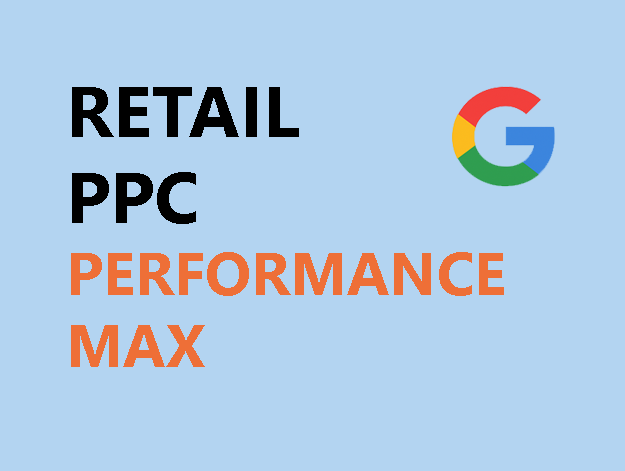In 2025, Performance Max has become the engine room for retail advertising on Google. With broad inventory coverage — Search, Shopping, YouTube, Gmail, Display, and Maps — it’s the most powerful, and most misunderstood, campaign type for e-commerce and multichannel retailers.
Retailers in New Zealand and Australia are seeing success with Performance Max, but not all campaigns are created equal. Those who win are the ones who treat it as a dynamic, data-driven system — not a set-and-forget black box.
In this blog, we explore what’s working in retail PPC right now and how to optimise Performance Max for real product sales and sustainable returns.
Why Retailers Rely on Performance Max
Performance Max gives retailers maximum reach with minimum manual configuration. Once connected to your Google Merchant Centre feed, it can:
- Show your products across all Google platforms
- Adjust bids in real-time based on user intent
- Generate combinations of creative to match the buyer journey
But scale without strategy is dangerous. Automation must be guided — especially when margins and stock volumes are at stake.
Key Optimisation Areas for Retail Success
- Feed Quality
This is the foundation of your campaign. Product titles, descriptions, availability, pricing, and images must be accurate and rich. Poor feed data limits where and how products appear. - Asset Groups with Intent
Don’t dump all products into one campaign. Create asset groups based on category, margin, seasonality, or price point. Each group should have tailored headlines, images, and CTAs. - Video = Visibility
Retailers with short-form video (under 30 seconds) are seeing higher click-through rates, especially in YouTube placements. You don’t need a full production — just clear product demos or lifestyle use. - Audience Signals Matter
Feed Customer Match lists into your campaigns. Google will use these to expand reach to lookalike buyers. Retailers who skip this are flying blind. - Conversion Value Rules
Assign more value to repeat buyers, higher-margin SKUs, or loyalty programme customers. Teach Google’s algorithm what success really means.
Benchmarks for Retail PMax Campaigns (NZ/AU, 2025)
- Average ROAS: 3.5x to 5.0x for mid-tier retailers
- Average CPC: NZ$1.20 – NZ$1.70
- Conversion Rate: 4.8% – 6.2%, depending on category
- Best-performing verticals: Apparel, Home Furnishings, Beauty
- Weakest performance: Low-ticket, commoditised electronics
Data compiled from local agency and platform reports across Q1–Q2 2025.
Case Example – NZ Outdoor Retailer
A Christchurch-based outdoor gear retailer split its Performance Max campaign into three asset groups by product category. Each was paired with tailored images and ad copy. They also added customer email lists and uploaded short product videos.
The result? ROAS increased from 2.6x to 4.4x in under 60 days, and Shopping impression share jumped by 38%.
The takeaway: specificity outperforms scale when it comes to feed and asset structure.
What to Avoid
- One-size-fits-all asset groups: You dilute performance if all products are bundled together.
- No video or visual testing: Performance Max prioritises visual placements, especially on mobile.
- Over-reliance on automation: Don’t skip audience signals or conversion value rules.
- Forgetting your margins: Performance Max chases conversions, not profitability — unless you define it.
Final Thoughts
Performance Max in 2025 is retail’s most powerful tool — but only if used with precision. Think of it less as a campaign type, and more as a dynamic retail engine that responds to inputs: creative, data, structure, and goals.
If you’re a retailer in NZ or Australia, now is the time to treat your Performance Max setup like your storefront: curated, customer-first, and conversion-driven.
Metrics Media helps NZ and AU retailers maximise their Google Ads ROI. From feed audits to full campaign strategy, we help retail brands turn automation into performance.
Email info@metricsmedia.co.nz to schedule a Performance Max audit and find your next conversion uplift.



